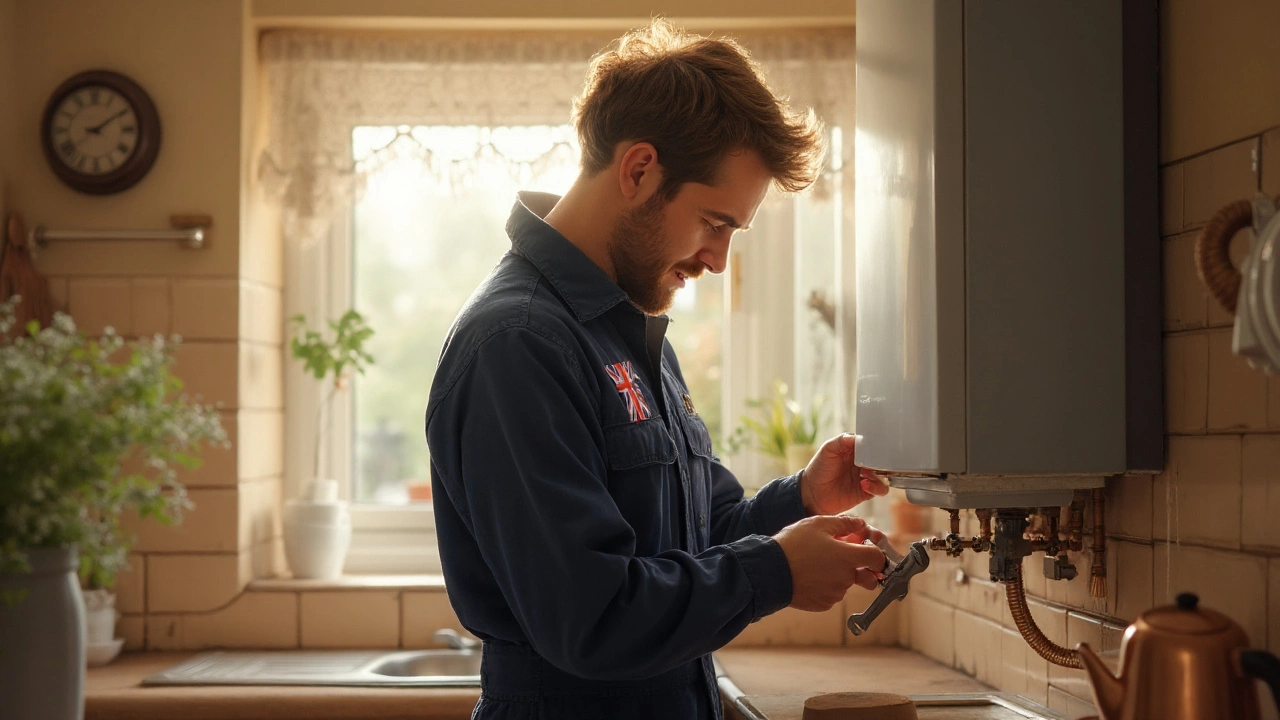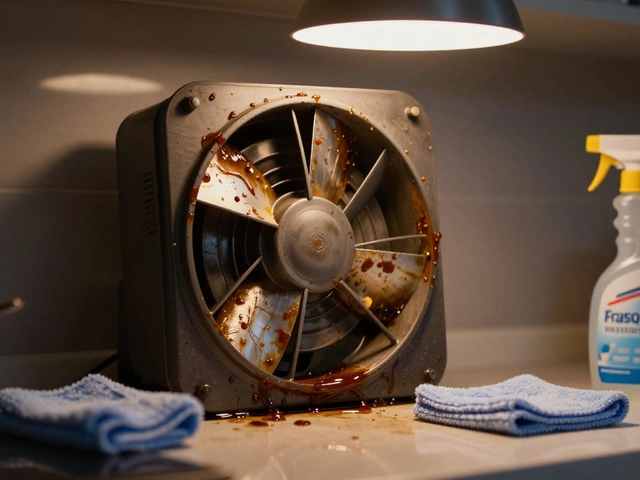Water Heater Service: Fast Fixes, DIY Tips, and When to Call a Pro
Got lukewarm showers or a heater that keeps tripping the reset button? You’re not alone. Most homeowners face a hot‑water hiccup at least once a year, and many of the fixes are easier than you think. Below you’ll get straight‑to‑the‑point advice on diagnosing common issues, doing safe quick repairs, and keeping your system humming for years.
Common Water Heater Problems and Quick Fixes
No hot water? The first thing to check is the power source. For electric units, make sure the breaker hasn’t tripped and the thermostat is set to at least 120°F. Gas heaters need a lit pilot; if the flame is out, follow the manufacturer’s relighting steps or call a professional if you smell gas.
Cold spots at the faucet? Sediment buildup is the usual suspect. Over time, minerals settle at the bottom of the tank, insulating the heating element. Draining the tank once a year—just turn off power or gas, attach a hose to the drain valve, and let the water run out—can restore normal temperatures.
Reset button keeps popping? That button trips when the heater overheats. Before you press it again, feel the vent pipe; if it’s scorching, give the unit a 30‑minute cool‑down. After it cools, press the reset button firmly for 5‑10 seconds. If it trips a second time, the thermostat or heating element is likely failing and should be inspected by a pro.
Leaking water? Small drips around the pressure relief valve often mean excess pressure. Reducing the temperature setting by 10°F lowers pressure, and the valve may stop leaking. Persistent leaks around the tank itself signal corrosion—time to replace the heater.
Keeping Your Heater Running: Maintenance Checklist
Regular care is the cheapest way to avoid surprise breakdowns. Here’s a simple quarterly routine you can fit into a weekend:
- Check the temperature setting – 120°F balances comfort and energy use.
- Inspect the anode rod (the sacrificial metal stick) for wear. If it’s less than 1/2 inch thick, replace it.
- Listen for odd noises. Buzzing or popping can mean mineral buildup or a loose heating element.
- Test the pressure relief valve by lifting its lever briefly; water should flow out without dribbling.
- Wipe down the exterior and keep the area clear of flammable items.
Doing these checks every three months not only extends the heater’s life but also spots problems before they turn into costly repairs.
When DIY stops being safe—like when you have a gas leak, a cracked tank, or repeated reset trips—it’s time to call in a certified technician. Professional service ensures the gas lines are checked, the internal components are tested with proper tools, and you stay compliant with UK safety regulations.
Bottom line: most water‑heater headaches can be tackled with a quick power check, a drain, or a reset. Keep a maintenance schedule, know the signs of bigger issues, and don’t hesitate to get expert help when the job goes beyond basic troubleshooting. Your next shower should be hot, steady, and worry‑free.
Essential Water Heater Maintenance Guide - Keep Your Hot Water Flowing
- Alden Wilder
- Sep 23 2025
- 0 Comments
Learn the step‑by‑step tasks, tools, and schedule needed for effective water heater maintenance. Extend lifespan, boost efficiency, and stay safe.
View More
